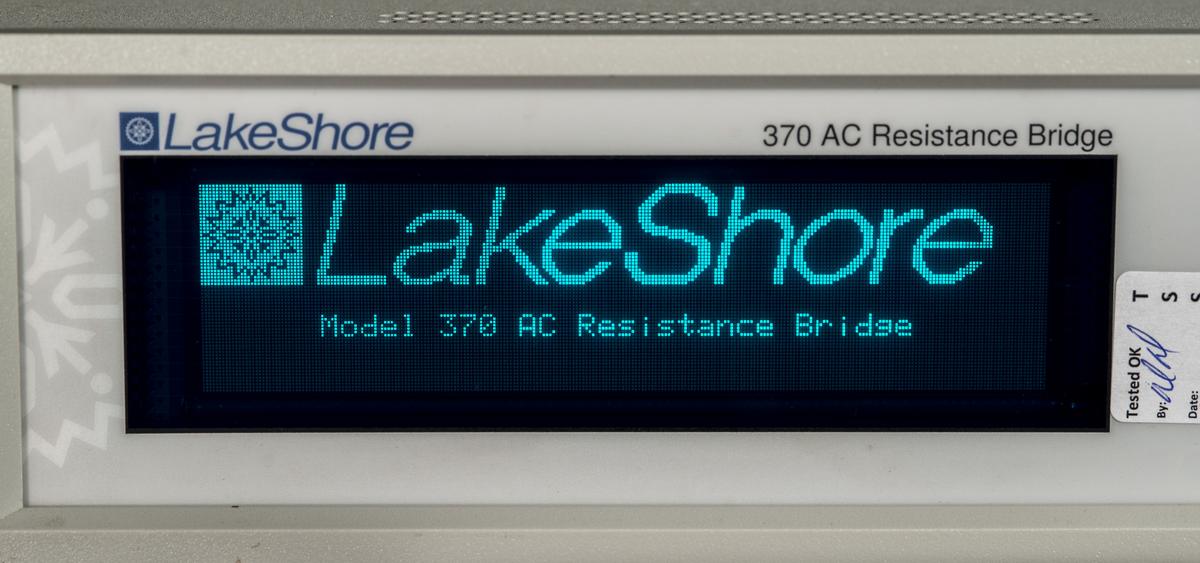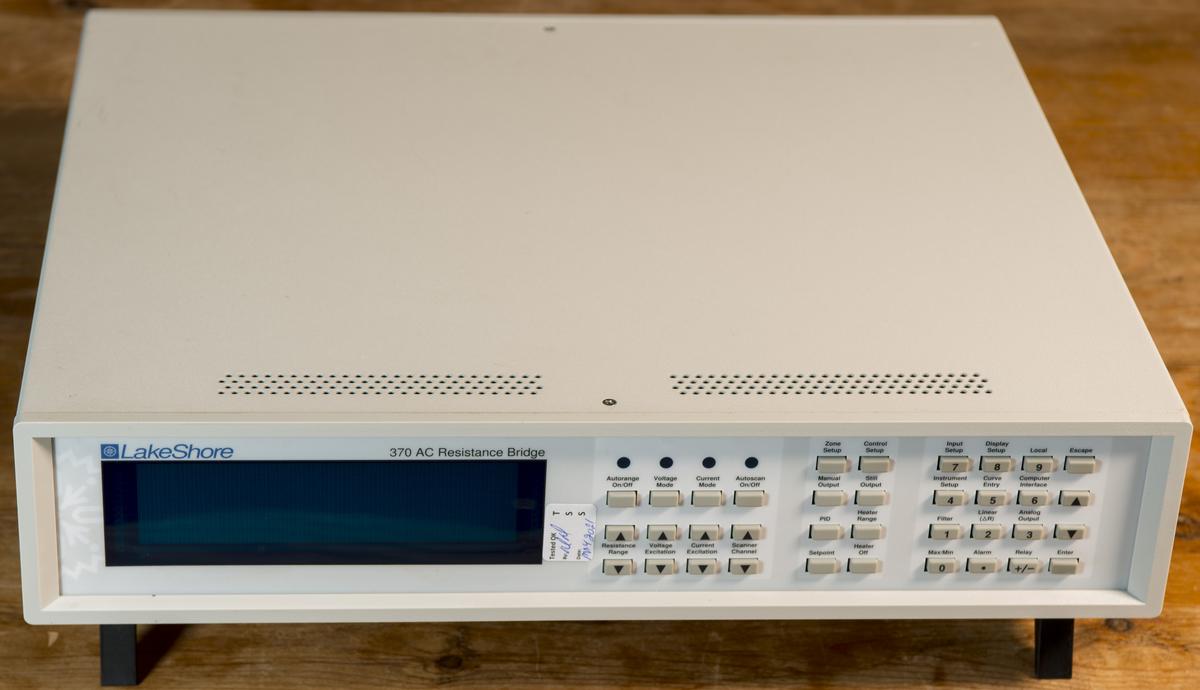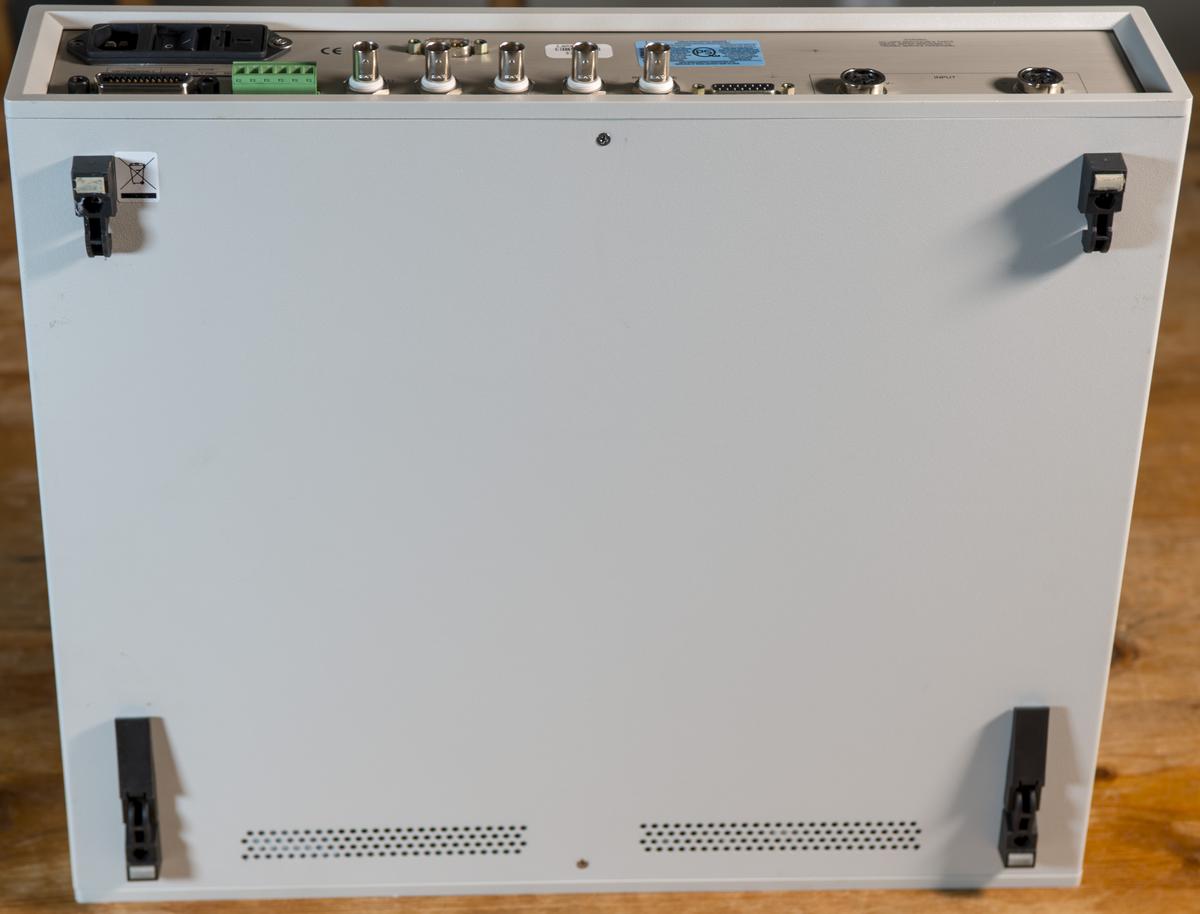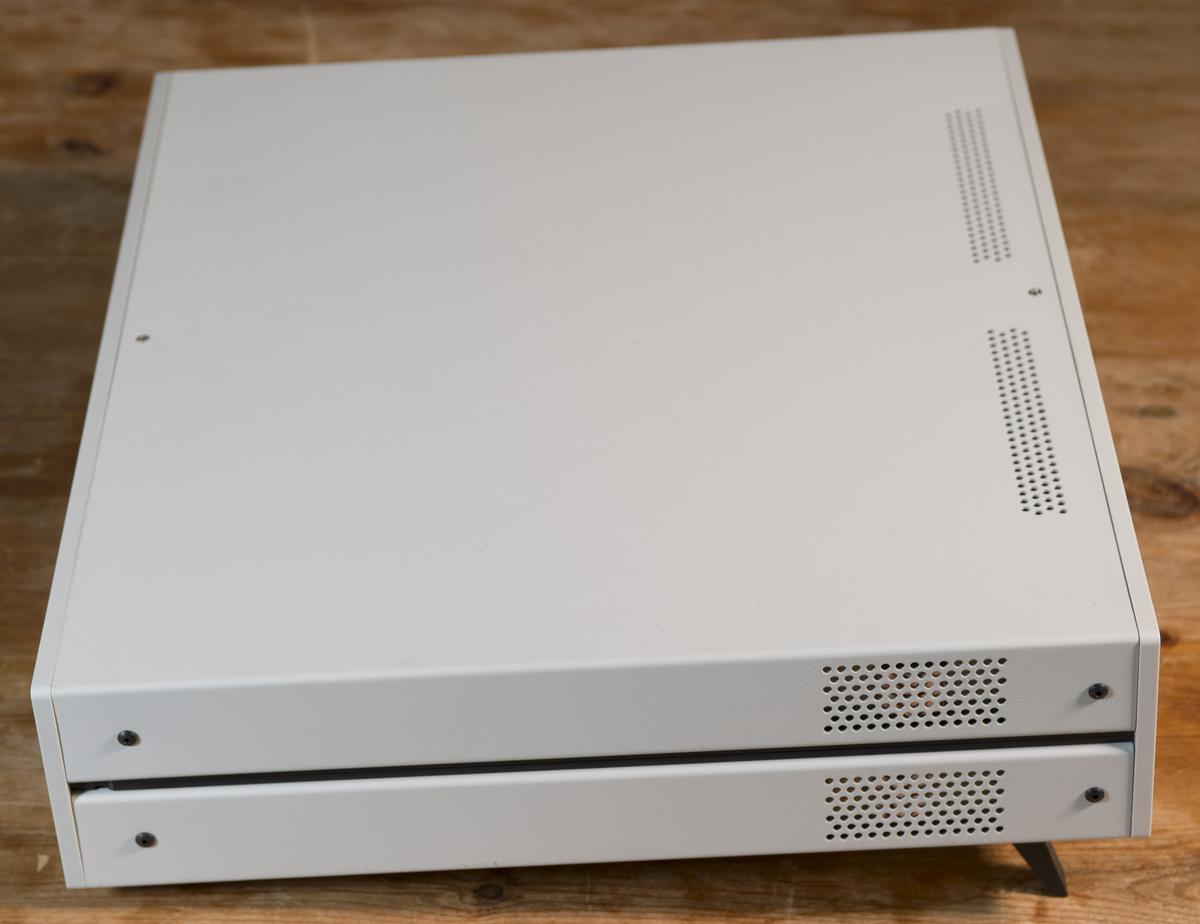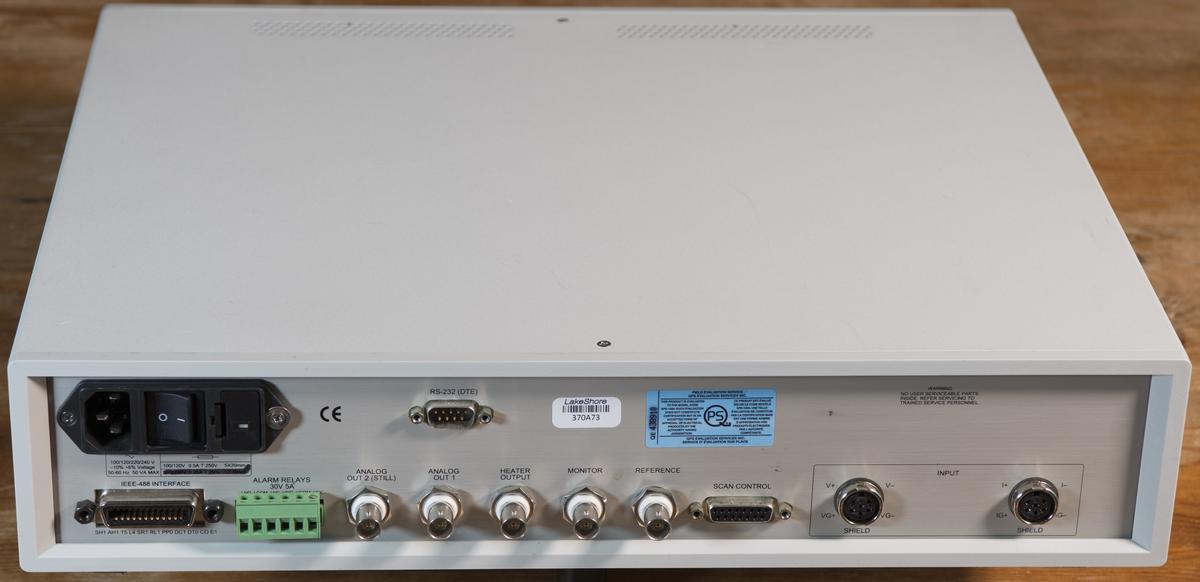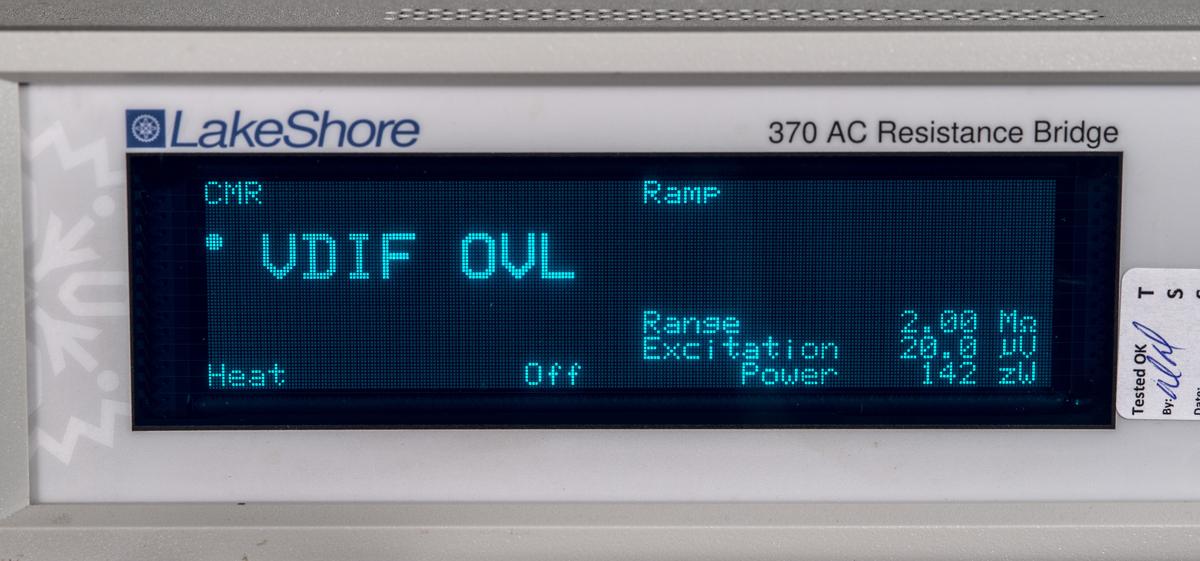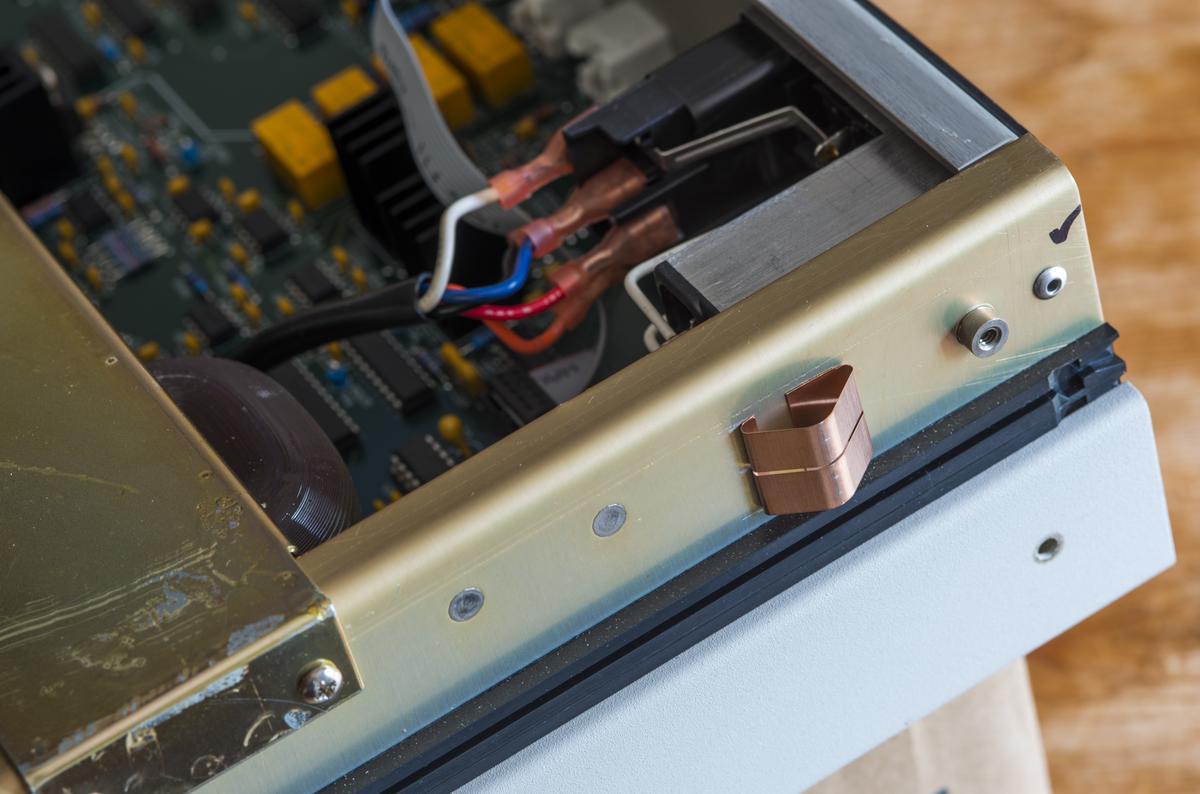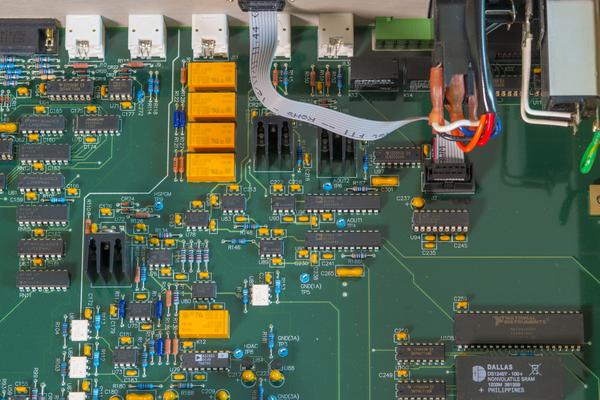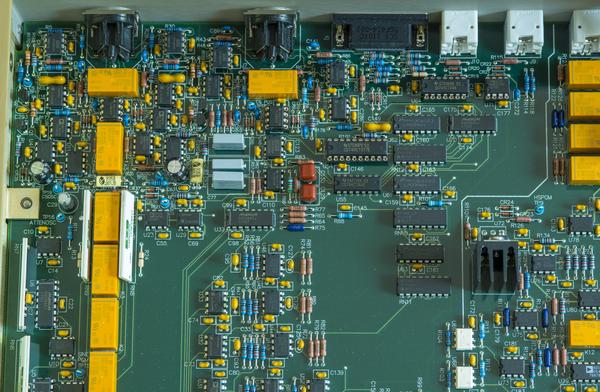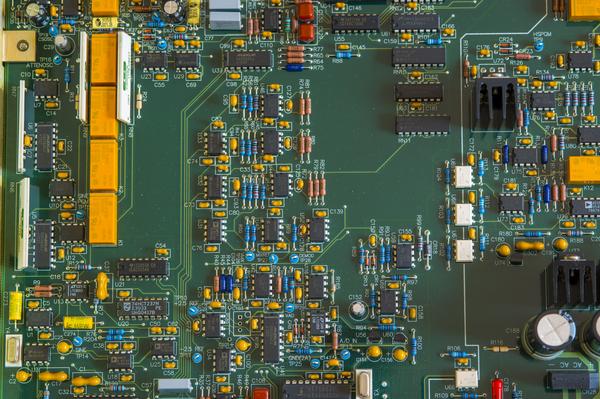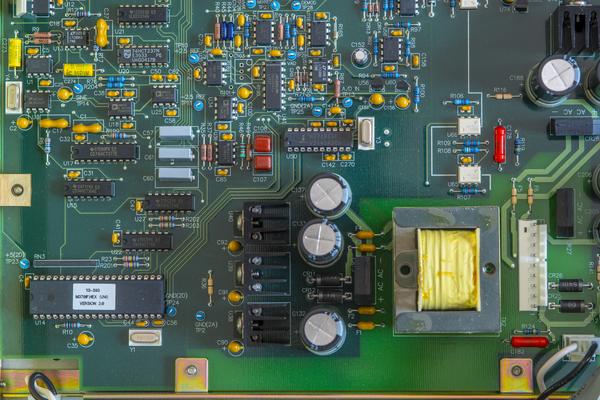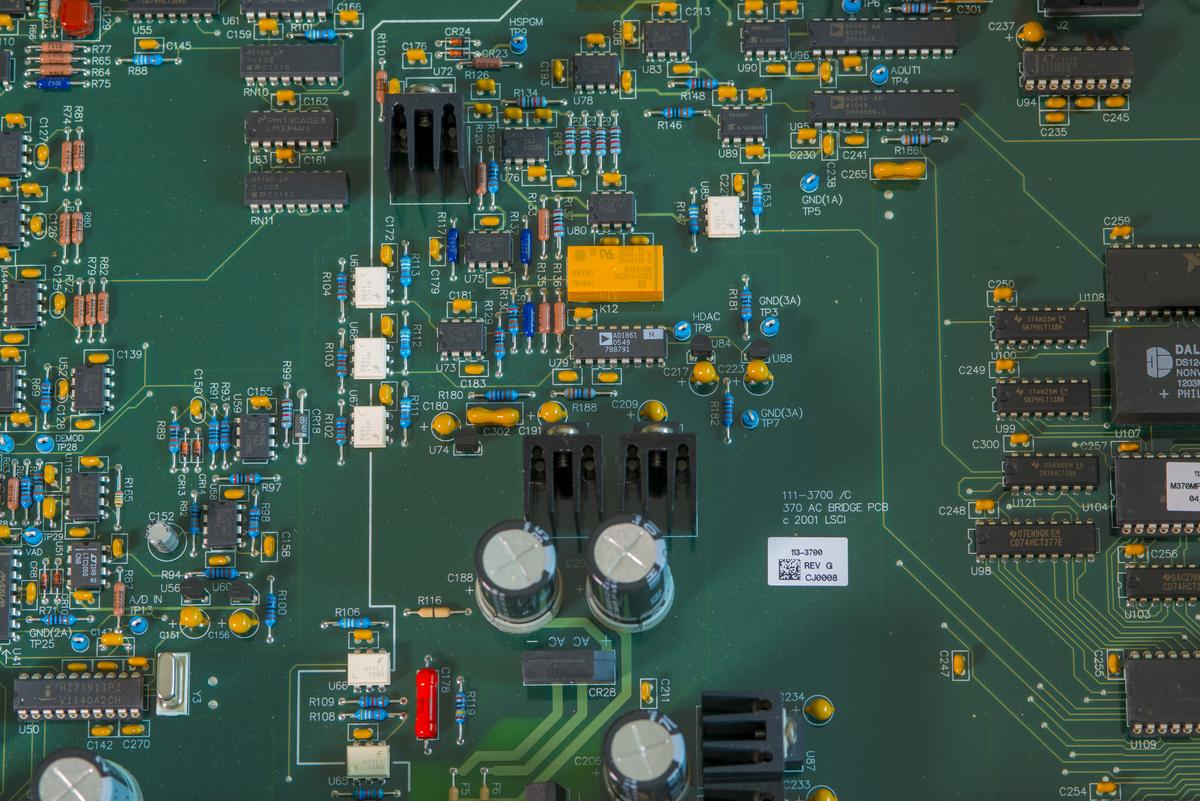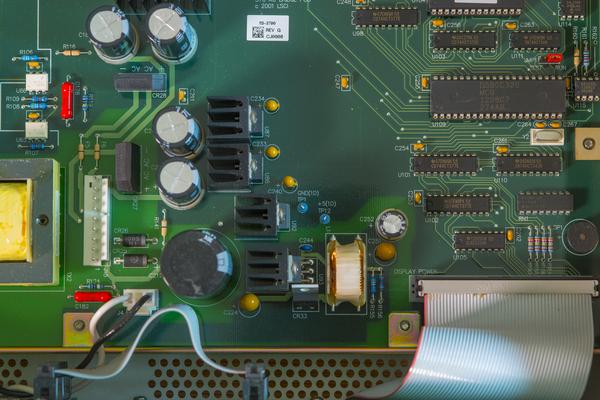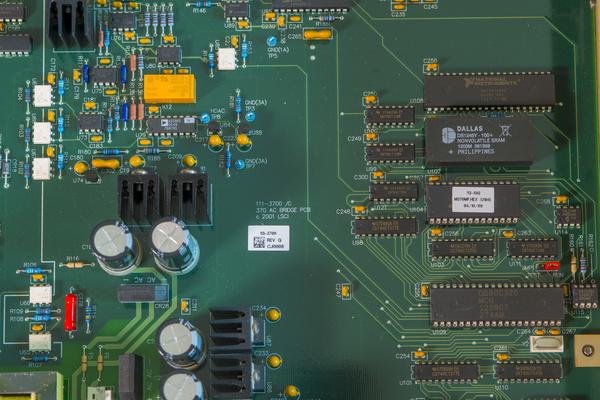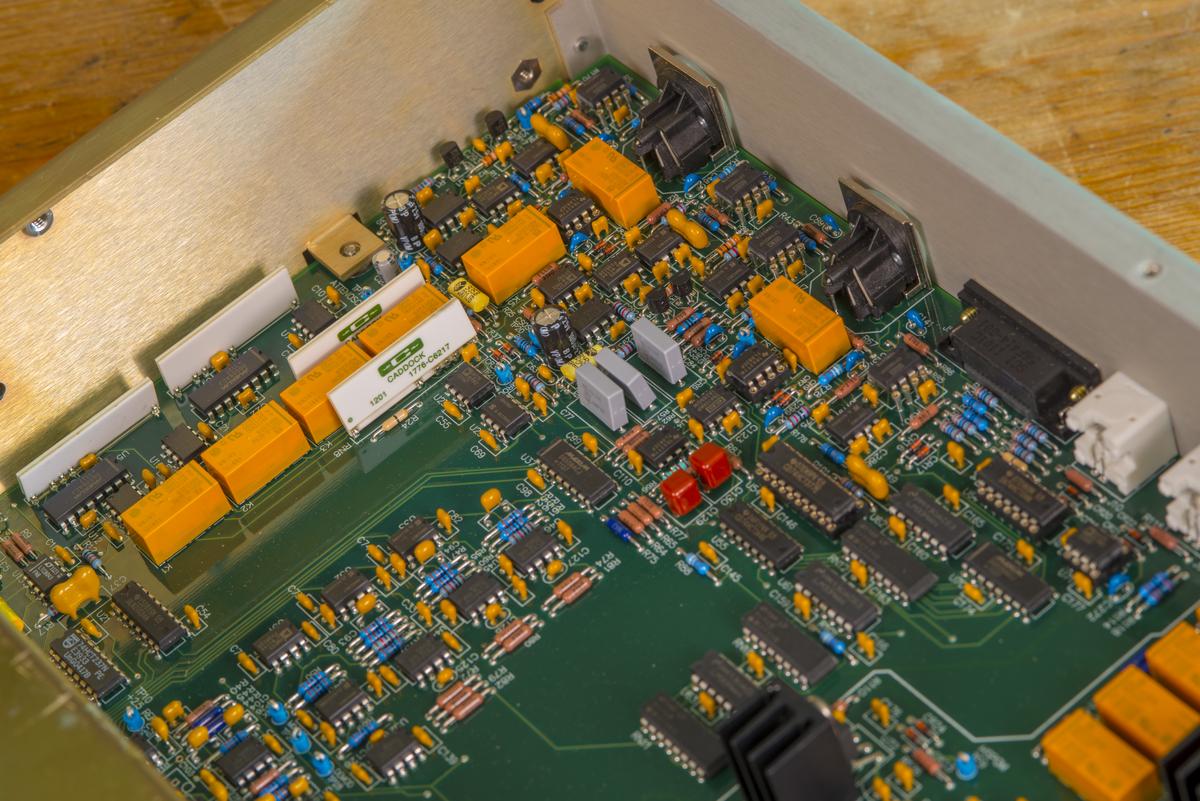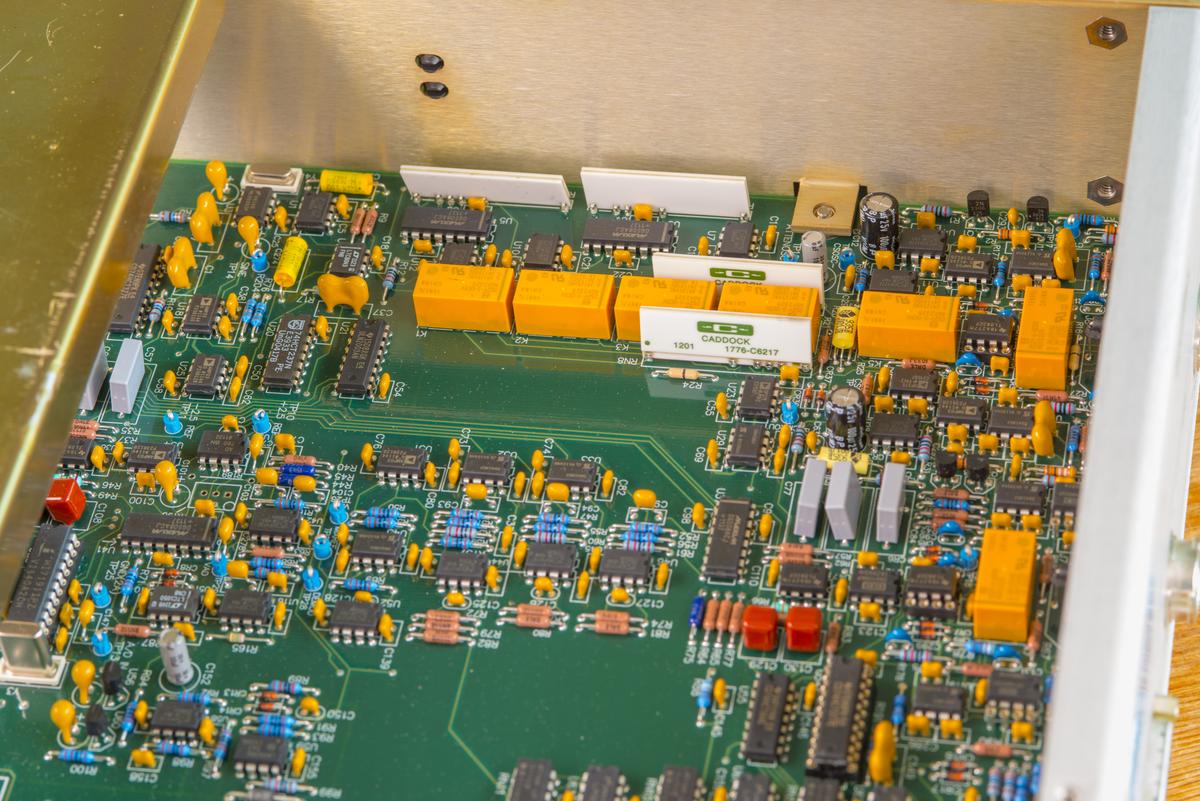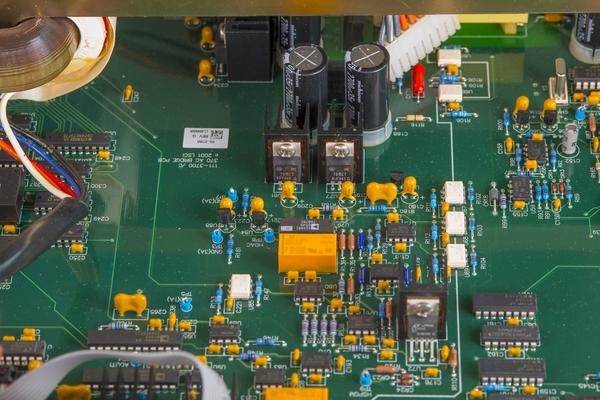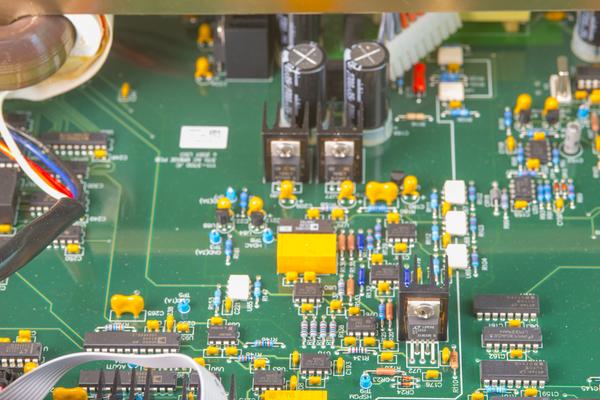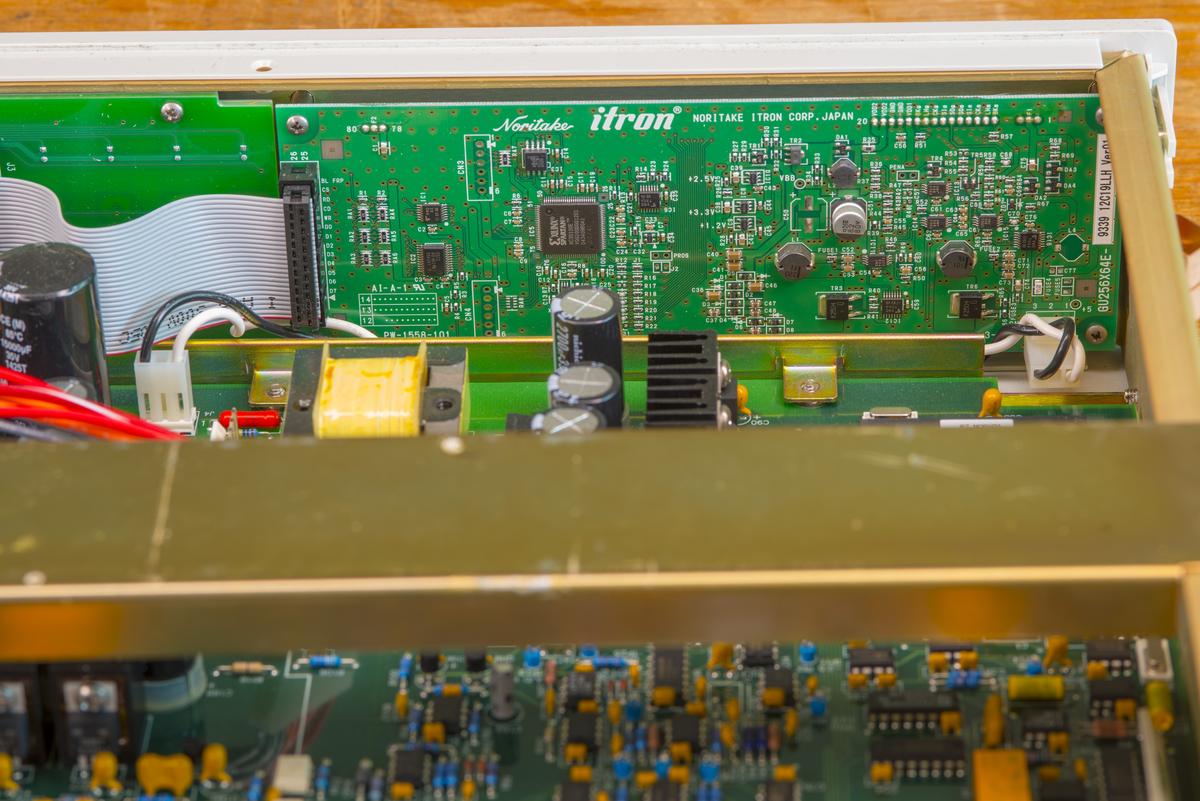Introduction
Let’s imagine application or a physical experiment require measurement of extremely cold temperature, such as 4 Kelvin (-269 °C or -452.5 °F). You cannot use your usual thermonuclear thermometer for that. Even high-end top of the line DMMs such as Keithley 2002 wouldn’t be suitable for this job. Such extremely cold temperatures require special characterized probes such as silicon or germanium diodes or special resistive elements designed to operate at cryogenic temperatures. Such sensors often cost hundreds or even thousands of dollars, but its only beginning of the story. Cryogenic sensors need to operate with very low exitation power to limit self-heating, because most of cryogenic refrigerators have very limited cooling power available. Typical 2-stage GM cryocooler like ones used in the MRI machines consume 8000-10000 Watts of electricity to provide just 1W of cooling at 4 Kelvin temperature.
Few manufacturers in the world mastered designs and production of special thermometers for cryogenics work to support those special sensors. One of such manufacturers is Lake Shore Cryotronics, advancing cryogenics industry for five decades since 1968. Today I’ve got lucky to look at and experiment with Lake Shore Model 370 AC Resistance Bridge . This instrument can accurately digitize temperatures even below 0.05 Kelvin.
Some key features presented below:
- Measurement type : AC Sinusoidal AC current source, 4-lead differential resistance
- Number of inputs : 1 (or more with external optional scanner)
- Measurement units : Ω or Kelvin (with temperature response curve calibration)
- Resistance ranges : 2 mΩ to 2 MΩ (excitation dependent)
- Supported cryogenic sensors : Any resistive sensor including NTC resistors (e.g., germanium, carbon-glass, Cernox™, ruthenium oxide [Rox™]) and PTC resistors (e.g., rhodium-iron RTD)
- Temperature units : K
- Minimum temperature range : From below 20 mK and up to room temperatures
- Temperature resolution : Up to 6 digits, depends on sensor
- Temperature curve memory : Space for twenty 200-point calibration correction curves
- Accuracy : Range/sensor dependant, best is ±4.2 mK
- Excitation frequency : 13.7 Hz / 9.8 Hz / 16.2 Hz
- Excitation currents : 21 ranges from 3.16 pA to 31.6 mA RMS
- Minimum excitation power : 10-18 W into 100 kΩ (see 370 performance specification table)
- Input impedance : Approaches 5 × 1012 Ω
- Range selection modes : Manual, Voltage Excitation, Current Excitation, and Autorange
- Outputs/heater control : High-resolution closed-loop or open-loop PID
- Heater power available : from 0.1 µW up to 1 W into resistive heater
- User interface : 8 × 40 graphical vacuum fluorescent display, up to 8 parameters, keypad
- Bus interfaces : RS-232C and GPIB
- Operation temperature : +15 °C to +35 °C at rated accuracy
- Power requirement : 100, 120, 220, 240 VAC, +6% -10%, 50 or 60 Hz, 50 VA
- Size : 435 mm W × 89 mm H × 368 mm D (17 in × 3.5 in × 14.5 in), full rack
- MSRP : Around $8000 USD, today 370 is replaced with newer Model 372
Disclaimer
Redistribution and use of this article, any part of it or any images or files referenced in it, in source and binary forms, with or without modification, are permitted provided that the following conditions are met:
- Redistributions of article must retain the above copyright notice, this list of conditions, link to this page (https://xdevs.com/article/lake370/) and the following disclaimer.
- Redistributions of files in binary form must reproduce the above copyright notice, this list of conditions, link to this page (https://xdevs.com/article/lake370/), and the following disclaimer in the documentation and/or other materials provided with the distribution, for example Readme file.
All information posted here is hosted just for education purposes and provided AS IS. In no event shall the author, xDevs.com site, or any other 3rd party, including LakeShore be liable for any special, direct, indirect, or consequential damages or any damages whatsoever resulting from loss of use, data or profits, whether in an action of contract, negligence or other tortuous action, arising out of or in connection with the use or performance of information published here.
If you willing to contribute or add your experience regarding instrument repairs or provide extra information, you can do so following these simple instructions.
Model 370 overview and teardown
First tests
TBD..
Measurements of silicon sensor response
TBD…
Summary
TBD…
Projects like this are born from passion and a desire to share how things work. Education is the foundation of a healthy society - especially important in today's volatile world. xDevs began as a personal project notepad in Kherson, Ukraine back in 2008 and has grown with support of passionate readers just like you. There are no (and never will be) any ads, sponsors or shareholders behind xDevs.com, just a commitment to inspire and help learning. If you are in a position to help others like us, please consider supporting xDevs.com’s home-country Ukraine in its defense of freedom to speak, freedom to live in peace and freedom to choose their way. You can use official site to support Ukraine – United24 or Help99. Every cent counts.
Modified: Dec. 5, 2022, 9:48 a.m.

